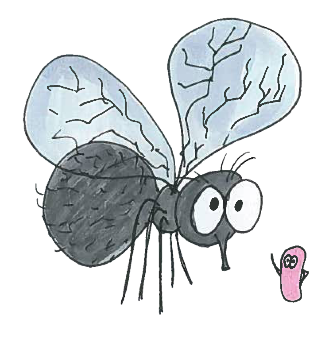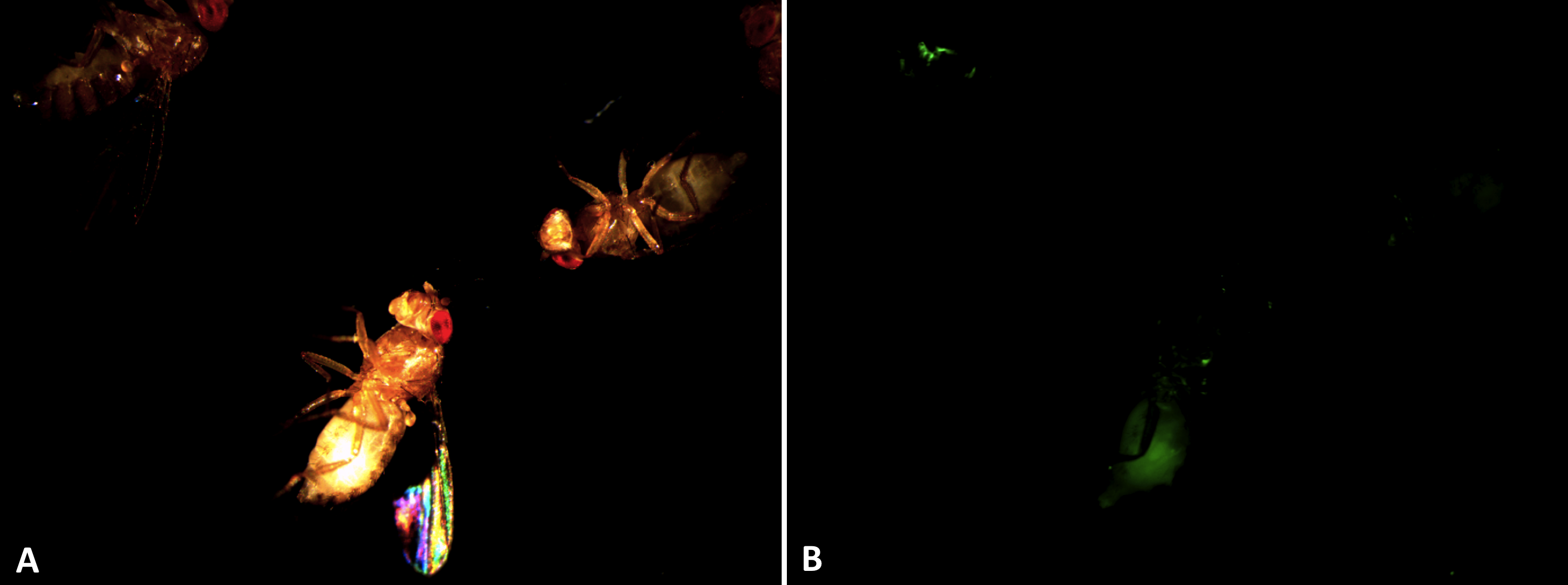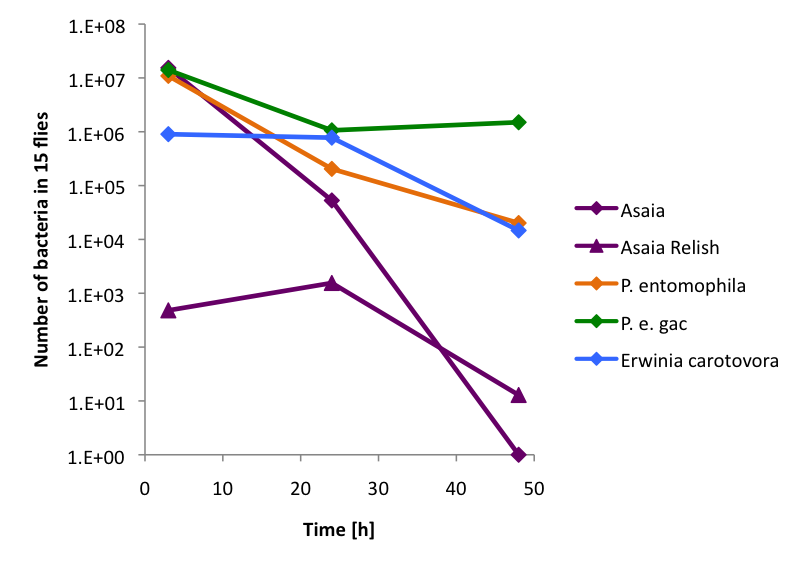Team:EPF Lausanne/Project droso
From 2010.igem.org
(→Experiments on Drosophilia) |
(→Experiments on Drosophilia) |
||
| Line 29: | Line 29: | ||
<br> i. Is Asaia toxic for Drosophila? | <br> i. Is Asaia toxic for Drosophila? | ||
<br> ii.Is Asaia able to colonize the Drosophila gut and persist? | <br> ii.Is Asaia able to colonize the Drosophila gut and persist? | ||
| - | |||
(See [https://2010.igem.org/wiki/index.php?title=Team:EPF_Lausanne/Project/Materials_Methods_Drosophila Materials and Methods] for details on how the experiments were conducted.) | (See [https://2010.igem.org/wiki/index.php?title=Team:EPF_Lausanne/Project/Materials_Methods_Drosophila Materials and Methods] for details on how the experiments were conducted.) | ||
Revision as of 23:48, 24 October 2010


Contents |
Experiments on Drosophilia
The final goal of our project is for our modified Asaia to survive and produce proteins in the mosquito's gut. Working with mosquitoes however requires special equipment that we do not have at EPFL, and we wondered if we could work on another insect which is less demanding. We therefore turned towards Drosophila, commonly known as the fruit fly, which is much easier to work with.
Considering the fact that bacteria that live in the guts of insects are not very common, we assumed that there was a fair chance that Asaia could persist in Drosophila and that we could use the it as an alternative to mosquitos for our basic experiments.
Using Drosophila melanogaster we aimed to address two questions:
i. Is Asaia toxic for Drosophila?
ii.Is Asaia able to colonize the Drosophila gut and persist?
(See Materials and Methods for details on how the experiments were conducted.)
Our main results
1) Asaia is not toxic for Drosophila
We infected Drosophila with different bacterial strains, a pathogenic control starin (P. entomophila), a non-pathogenic control strain (Ecc 15) and our Asaia bacteria. For these experiments we used two different fly strains (Oregon and Relish).
We found that Asaia does not cause significantly more deaths than the non-pathogenic bacteria or in the uninfected control (Figure 2).
2) Asaia is not persistant in Drosophila
With this last experiment we wanted to ascertain wether asaia persisted in drosophila and quantize how many asaia were present in the drosophila’s gut after 3h, 24h and 48h.
To be able to “count” the number of asaia at these three different periods of time, we had to retrieve the bacteria inside the flies, plate them and after incubation count the number of colonies present.
To do this we disinfected the exterior of the flies by washing them with ethanol (for less than five seconds) and then rinsing them with water. The flies were then crushed in the medium corresponding to the bacteria we were interested in (i.e: Gly+LB for asaia, LB for Pe, etc). We then did a serial dilution eleven times with a factor of ten with the crushed flies, and plated each dilution with antibiotics to specifically select the bacteria we were interested in.
Conclusion
Asaia is not harmful to drosophila, but it does not persist in the fruit fly. We see we cannot use drosophila as a substitute to mosquitoes. As mentioned before, bacteria that live in insects’ gut are not common and it is possible that because it cannot survive in drosophila, that it is actually very specific to mosquitoes. Therefore we could assume that the risk of the engineered Asaia to spread to other insect in the wildlife is negligeable.

 "
"




















